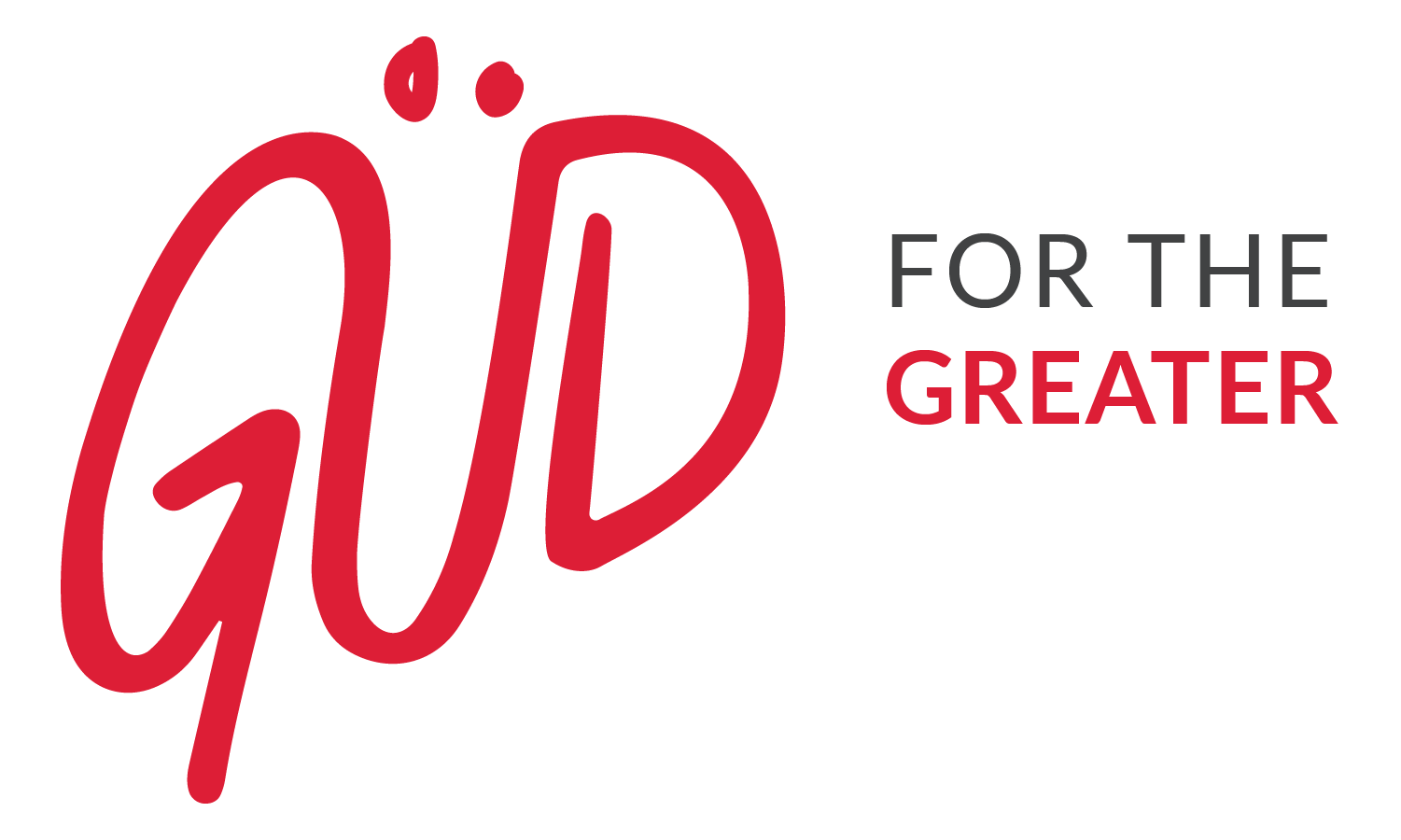With All of This Social Media, What’s What?


Instagram — This visual platform owned by Meta hit the scene in 2010. Since then, it has rolled out hundreds of features and changes to its user interface. Photos, videos and graphics are the focus of this platform, not captions or text. Posts on this platform can be on a permanent feed or a temporary “story.” Users can like, comment, send and even repost original posts. The homepage of this platform is a typical vertical scrolling format, displaying accounts and their posts. There are also features such as “discover,” where users can see new content and find other similar users. Behind the scenes, Instagram has a very comprehensive and user-friendly analytics interface, which is available only on mobile.

Facebook — The world’s most popular platform with the highest number of DAUs (daily active users), Facebook predates Instagram by six years. On top of being able to share videos, graphics and pictures, Facebook users can share plain text as well as links from the internet. It is easy to reshare posts onto a user’s feed as well. Facebook features many other capabilities, including a live platform for streaming, sharing to specific groups of interest and event hosting. There is a news page, a gaming page, a marketplace page and more. Members can even contact each other directly with a separate but integrated app called Messenger. Here, users can direct-message, privately share Facebook pages and even create groups! Facebook has the broadest offerings in terms of its capabilities. You could refer to Facebook as the all-inclusive resort of social platforms.

Twitter — This trending platform debuted shortly after Facebook in Silicon Valley, in 2006. Twitter is a faster-moving platform because of its character limit. Twitter posts are limited to 280 characters, including spaces and punctuation. Because of that, posts tend to be short and quick, and users typically scroll faster than on other platforms. Posts can include links, images, videos and GIFs. Users can create threads that string together multiple tweets; this is often done to circumvent the character limitation of a single tweet. Twitter has pages like most social media platforms — a search page, a direct messaging page, a profile page and a notifications page.

TikTok — The fastest-growing platform, TikTok has taken the world by storm since its introduction in 2016. TikTok consists completely of video content and allows users to create and edit their own videos directly in the app. Users can like, save, share and even “duet” with someone else’s content to add their own flair. This platform is just as fast-paced as Twitter. Users spend only seconds deciding whether they will watch a complete video. Users can navigate between an algorithm-based “For You Page” and a page consisting of accounts they follow. There are also pages for messaging other users directly, profile pages and notification pages. Although seen as a relatively more informal platform, this has not stopped brands from joining and hopping on trends to increase their overall brand.

